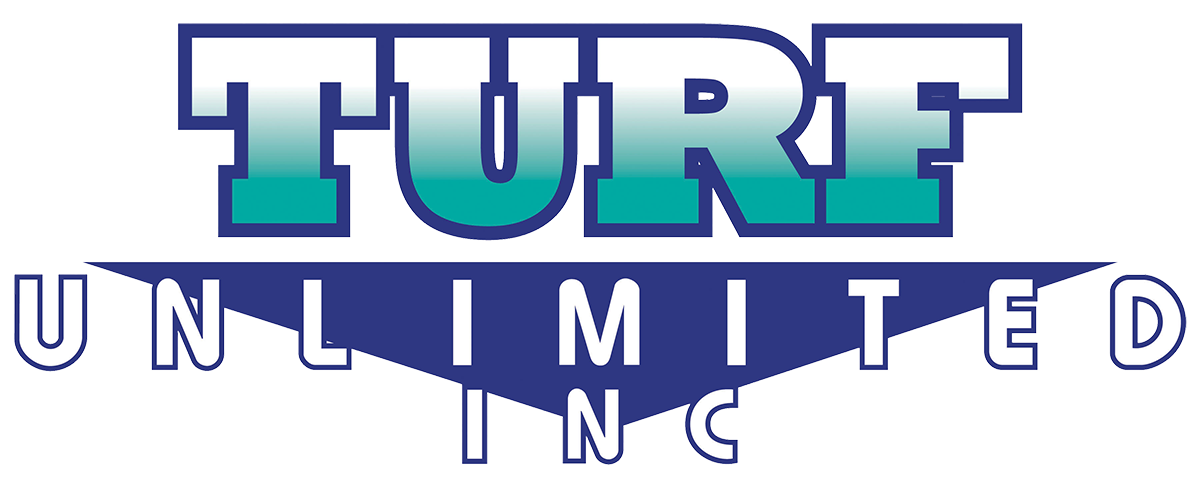Pests are a common and inconvenient issue in many households, causing potential health risks to the family and structural damage to the property. With technological advancements, there is now a smarter and more efficient way to prevent pests from entering your home.
Let’s have a closer look at how pest control can be integrated into your smart home system and how this can revolutionize how we deal with pests.
What is Smart Pest Prevention?
Smart pest prevention involves using technology to detect, prevent and eliminate pests in your home. This approach utilizes sensors, cameras and other devices connected to a central hub or app that allows you to monitor and control pest activity through your mobile device.
By collecting and analyzing data, smart pest prevention systems identify potential pest threats and take action to prevent them.
One of the key components of smart pest prevention is integrating it into your existing home automation system. This means that all the devices in your home, such as lights, thermostats and security systems, can also communicate with the pest prevention system, creating a more comprehensive and efficient system.
Adoption of Smart Pest Prevention
The adoption of smart pest prevention technology is on the rise as more and more homeowners are looking for safer and more effective ways to deal with pests.
According to The Insight Partners, the market for smart pest monitoring management systems is expected to reach $1,219.35 million by 2028, growing at a CAGR of 7.2% from 2022 to 2028.
Smart pest monitoring management systems monitor pest populations in residential, commercial, agricultural and industrial premises. By employing smart pest traps and predictive analysis, users can analyze and predict pest population growth, allowing them to take preventive action.
This reduces the use of harmful chemicals and provides detailed information about the site and targeted insects, helping minimize pest-related costs.
The increasing awareness of the harmful effects of some traditional pest control methods and the need for more sustainable solutions drive this growth. Additionally, with the rise of smart homes and the Internet of Things (IoT) technology, integrating pest control into these systems is becoming more accessible.
How IoT Technology Plays a Role
The IOT technology is a crucial aspect of smart pest prevention systems. IoT connects everyday objects to the internet, allowing them to send and receive data.
In the case of pest control, IoT devices such as sensors, cameras and traps collect data on pest activity in your home. It allows different devices and systems to communicate with each other, creating a network that collects and shares data.
This data is then analyzed by artificial intelligence (AI) algorithms, which identify patterns and predict potential pest threats. This information is then used to trigger preventative measures, such as activating traps or turning on lights where pests are present.
Proactive Pest Management with Smart Home Technology
Temperature and humidity play a significant role in the reproduction and presence of pests. By leveraging smart devices such as smart thermostats, homeowners and office occupants can create a comfortable environment for humans while preventing pest infestation.
These intelligent thermostats monitor humidity levels and can be seamlessly integrated with existing humidifying and dehumidifying systems. To ensure comprehensive coverage, multiple smart thermostats are necessary in pest-prone buildings or homes.
By harnessing the power of smart home technology, individuals can proactively manage their living or workspace, promoting efficiency and creating a more comfortable and pest-free environment.
Other Examples of Smart Pest Control Systems
There are various smart pest control systems available in the market that offer different features and capabilities. Here are a few examples:
- Smart Traps: These devices use sensors and AI to detect pests and seal off entry points in your home. They can also capture and eliminate pests without chemicals or physical traps.
- Automated Fertigation Systems: This innovative system combines smart irrigation and pest control by delivering a solution that contains natural, non-toxic pesticides to your plants.
- Automated Light Systems: Certain pests, like cockroaches, are drawn to dark, damp areas. Smart light systems turn on lights in these areas to deter pests and prevent them from entering your home.
The Future of Smart Pest Prevention
This is still a relatively new concept, but Integrating pest control into smart homes has the potential to transform how we deal with pests. With AI and IoT technology advancements, we can expect more innovative solutions to emerge.
Smart pest prevention can also make your homes safer and healthier while positively impacting the environment as reducing the need for harmful chemicals creates a sustainable way to control pests and protect our planet.
Keep Your Home Pest-Free with Proactive Measures
Integrating pest control into your smart home system offers a modern and efficient way to deal with pests. At Pest Control Unlimited, LLC, we conduct thorough research and testing before recommending safe and effective pest control systems for our clients.
From bed bug control in residential homes to mice extermination in commercial buildings, we provide customers with the best solutions for their pest control needs. Contact us today to learn more about our quarterly pest control programs and other services.

